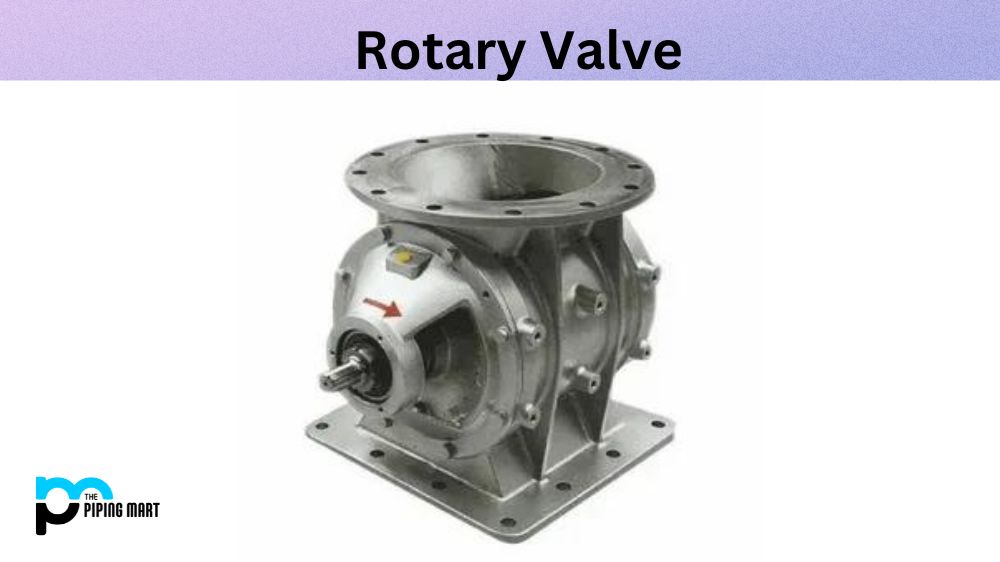Rotary valves are widely used in various industrial applications for superior performance and efficiency. These devices function as a seal between two chambers, controlling and directing the flow of materials. Rotary valve technology has existed for over a century, and they have become an essential component in many industries. But what is a rotary valve, exactly? How does it work, and where are they typically used? This blog post will review everything you need about rotary valves, their properties, uses, and applications.
What is Rotary Valve?
A rotary valve is a mechanical device used to control the flow of materials in a pneumatic conveying system or as a component of a mechanical system that requires the metering of material flow. It is a housing with an internal rotor fitted with paddles. The rotor rotation creates an opening and closing between both chambers, directing material flow.
Rotary Valve Properties:
Rotary valves are known for their durability, robust construction, and efficiency. They can handle different materials, from powders to solids, and their design ensures no leakage between the chambers. Rotary valves can handle high-pressure applications and have great thermal stability, ensuring the material does not stick or clog the device.
Rotary Valves Uses:
Rotary valves are used in various industrial applications, including food processing, chemical production, pharmaceuticals, and agriculture. For instance, rotary valves are used in the grain industry to regulate grain flow from one hopper to another. They are also used in the sugar industry to regulate the flow of sugar from storage to packaging.
Rotary Valves Applications:
Rotary valves can be applied in various scenarios like vacuum discharge systems, pressure conveying, and batch weighing systems. They can also be used in positive pressure conveying systems, where they regulate the flow rate between chambers of different pressures, and vacuum conveying, where they facilitate bulk material transfer.
How to Use a Rotary Valve:
To use a rotary valve, you need to install it in your industrial system, ensuring that the device is correctly mounted and aligned. The material you intend to control or convey is fed through the hopper above the rotary valve. The rotor creates a vacuum, which draws the material into the valve’s chamber and then is directed to the downstream equipment. It’s important to note that you must select the appropriate rotary valve for the application you intend to use it on to achieve optimal performance.
Conclusion:
Rotary valves are an indispensable element in various industrial processes, reliably controlling the flow of different materials. Their efficiency and durability make them a preferred choice in many industries, such as food processing, pharmaceuticals, and chemical production. With the right choice of rotary valve, you can greatly increase your process’s efficiency, decrease downtime, and reduce product waste, ultimately saving your business money. With this information, we hope you better understand rotary valves, their uses, properties, and applications.

Pipingmart is a B2B portal that specializes in metal, industrial and piping items. Additionally, we share the latest information and information about materials, products and various types of grades to assist businesses that are involved in this business.




